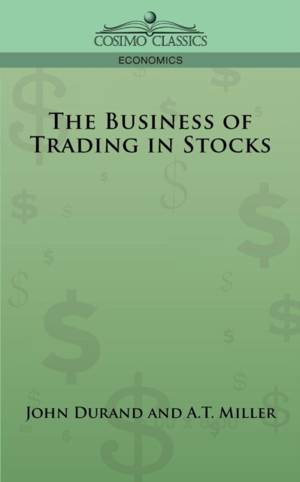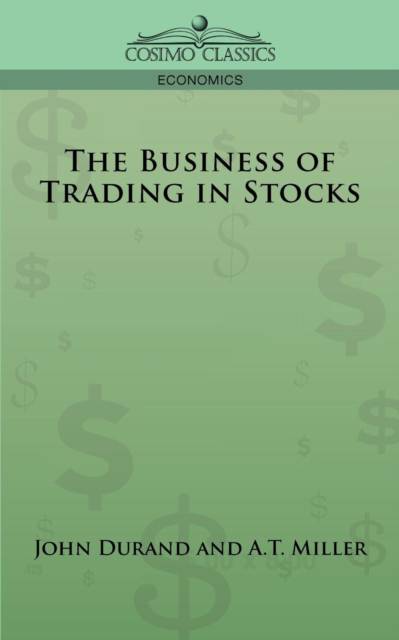
- Afhalen na 1 uur in een winkel met voorraad
- Gratis thuislevering in België vanaf € 30
- Ruim aanbod met 7 miljoen producten
- Afhalen na 1 uur in een winkel met voorraad
- Gratis thuislevering in België vanaf € 30
- Ruim aanbod met 7 miljoen producten
Zoeken
€ 31,45
+ 62 punten
Omschrijving
If speculation were an exact science, one would simply have to analyze a situation, select the appropriate rule, and buy or sell accordingly. But the factors that influence prices are infinite in number and character, as well as in their effect upon the market; and the speculator's forecasts of the probable outcome are nothing more than composite products of his own emotional equipment, his theoretical knowledge of the principles involved, and that reservoir of accumulated memories called "Experience." -from "Intuition" The corporate arena in the United States has changed tremendously since the early years of the Great Depression, but the basics of buying, selling, and making-and losing-money in the stock market have remained the same. This eighth edition of a classic of stock speculation was assembled from articles appearing in The Magazine of Wall Street in 1926 and 1927 and updated in 1933, just as new market rules and regulations were coming into play to prevent Black Friday from occurring again. With a straightforward tone and solid insight, this work, still recommended as must reading for players in the market, covers: - the principles and techniques of manipulation - tape reading - the law of averages - charts and mechanical systems - fundamentals - what to buy, and when - rights, arbitrage, and puts and calls - and more. JOHN DURAND also wrote How to Secure Continuous Security Profits in Modern Markets (1929). A. T. MILLER is also the author of Principles of Successful Speculation (1931).
Specificaties
Betrokkenen
- Auteur(s):
- Uitgeverij:
Inhoud
- Aantal bladzijden:
- 184
- Taal:
- Engels
Eigenschappen
- Productcode (EAN):
- 9781596057036
- Verschijningsdatum:
- 1/03/2006
- Uitvoering:
- Paperback
- Formaat:
- Trade paperback (VS)
- Afmetingen:
- 127 mm x 203 mm
- Gewicht:
- 204 g

Alleen bij Standaard Boekhandel
+ 62 punten op je klantenkaart van Standaard Boekhandel
Beoordelingen
We publiceren alleen reviews die voldoen aan de voorwaarden voor reviews. Bekijk onze voorwaarden voor reviews.








